A well-planned resurfacing project can renew the look and feel of your backyard retreat. When comparing pool resurfacing options with a pool company in Tampa Bay, it’s helpful to understand the materials, textures they offer, and the care required after installation. Below is a clear walk-through of the four common finishes and how to keep them looking their best.
Classic plaster for a smooth, timeless look
White plaster is the traditional finish found in many residential pools. It blends cement, marble dust, and water to create a smooth, bright surface that shows the water in a light blue tone. Many homeowners choose plaster for its clean, familiar appearance and its approachable price point.
Plaster performs well when the water is balanced and the surface is brushed on a regular schedule. Because plaster is porous, it can etch or stain if chemistry drifts for long periods. Plan on gentle, weekly brushing during the first month to remove plaster dust, followed by a consistent routine that keeps scale and algae from taking hold. With sound care and stable water, a plaster surface can provide years of reliable service.
Quartz for color depth and improved durability
Quartz finishes mix pigmented quartz aggregates into a cement base. The quartz adds sparkle and color depth that many owners enjoy, while also improving resistance to staining and etching. You can select hues that range from soft gray to deep blue, with a lightly textured feel underfoot.
Maintenance mirrors plaster in many ways, yet quartz is more forgiving of brief chemistry swings. Keep calcium hardness, pH, and alkalinity in the recommended ranges, and brush during the break-in period to remove any early dust. A sequestering agent can help manage metals in the water if your source is prone to them. With steady care, quartz surfaces hold color well and keep their finish longer than standard plaster in many settings.
Pebble for a natural, dimensional surface
Pebble finishes combine small river pebbles with cement to create a textured, natural look that complements stone decking and landscape features. The surface is gently exposed during installation, which reveals the aggregate and adds light light-catching dimension to the water. Many blends are available, from warm earth tones to cool coastal palettes.
Pebble’s texture helps mask minor blemishes, and the aggregate itself is resilient. Water balance still matters, as scale can collect on exposed stones and discolor the surface. Routine brushing keeps the texture clean, and seasonal descaling treatments can remove buildup in hard water areas. Owners who enjoy a lagoon or resort style feel often find pebble to be a rewarding choice that ages gracefully.
Glass bead finishes for luminous color and shine
Glass bead surfaces incorporate polished glass spheres into the finish, producing a jewel-like sparkle and a rich, light-reflecting tone. By day, the water plays with the sun. By night, pool lights dance across the beads for a striking effect. The feel is smoother than traditional pebble, though still more textured than plaster.
Care focuses on keeping the surface free of deposits that dull the shine. Maintain balanced chemistry, brush on a routine schedule, and consider periodic use of a non-abrasive cleaner designed for aggregate finishes. When maintained well, glass bead surfaces deliver long-lasting color and a showpiece shimmer that elevates the entire setting.
Start-up and long-term care that protects your investment
The first 30 days after resurfacing shape the look and longevity of any finish. Follow your builder’s start-up plan without shortcuts. That plan usually includes continuous circulation, frequent testing, gradual chemical additions, daily brushing in week one, and careful control of pH as the surface cures. Avoid automatic cleaners with rugged wheels or sharp edges until your builder gives the all-clear.
Over the long term, aim for steady chemistry rather than big corrections. Test at least once a week during swim season. Keep pH and alkalinity within target ranges, and match calcium hardness to the finish so the water does not pull minerals from the surface. Skim and vacuum debris before it breaks down. Backwash or clean filters as recommended so that circulation remains strong. If you see discoloration in one area, address it early with advice from a professional rather than heavy-handed scrubbing.
Choosing the right finish for your style and usage
When selecting a finish, consider the look you want, the surface’s feel under bare feet, and your daily pool usage. Families who entertain often may prefer the durability of quartz or pebble. Owners who want a serene, classic setting may favor plaster’s smooth charm. If you enjoy a touch of luxury and dramatic lighting effects, glass bead blends can be an inspired fit. Discuss water source quality, shade, and surrounding landscape with your builder, since each factor can influence color and maintenance.
Resurfacing is a chance to refresh both the beauty and the feel of your backyard oasis. Whether you lean toward classic plaster, color-rich quartz, rugged pebble, or luminous glass, the right choice paired with steady care will reward you season after season. If you are comparing options with a pool company for pool resurfacing in Tampa Bay, the team at JJB Pools & Spas can help you select a finish that suits your style and guide you through start-up and care for clear, inviting water.
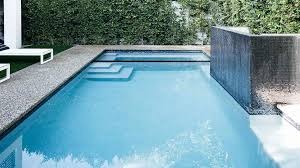
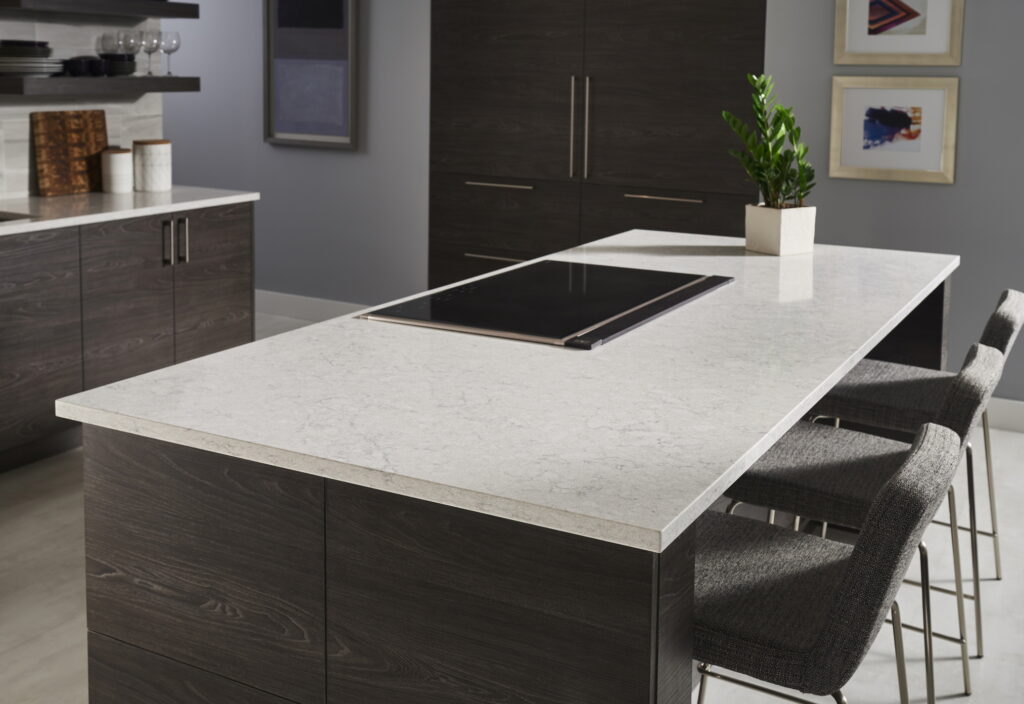
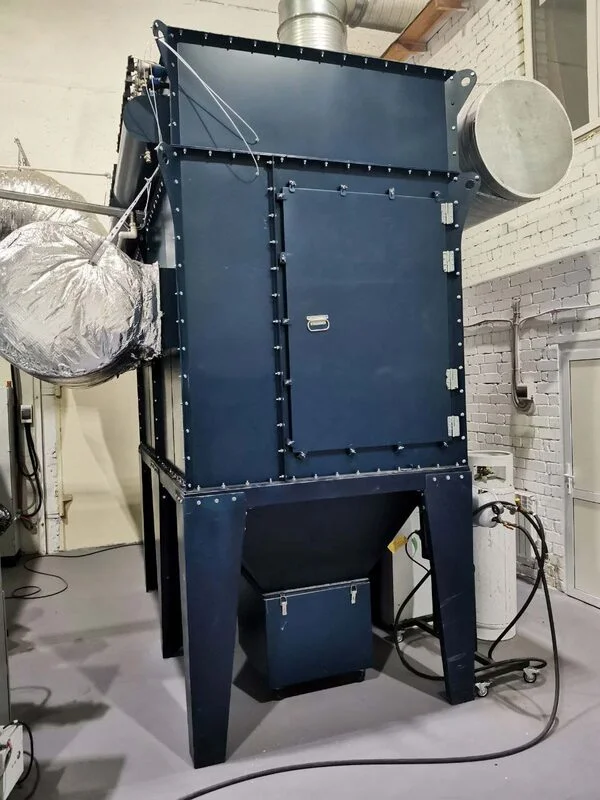






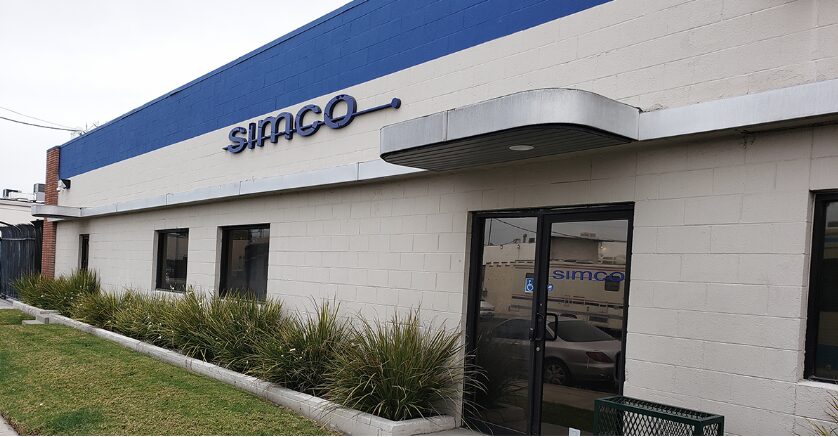













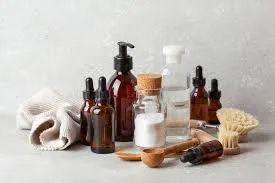





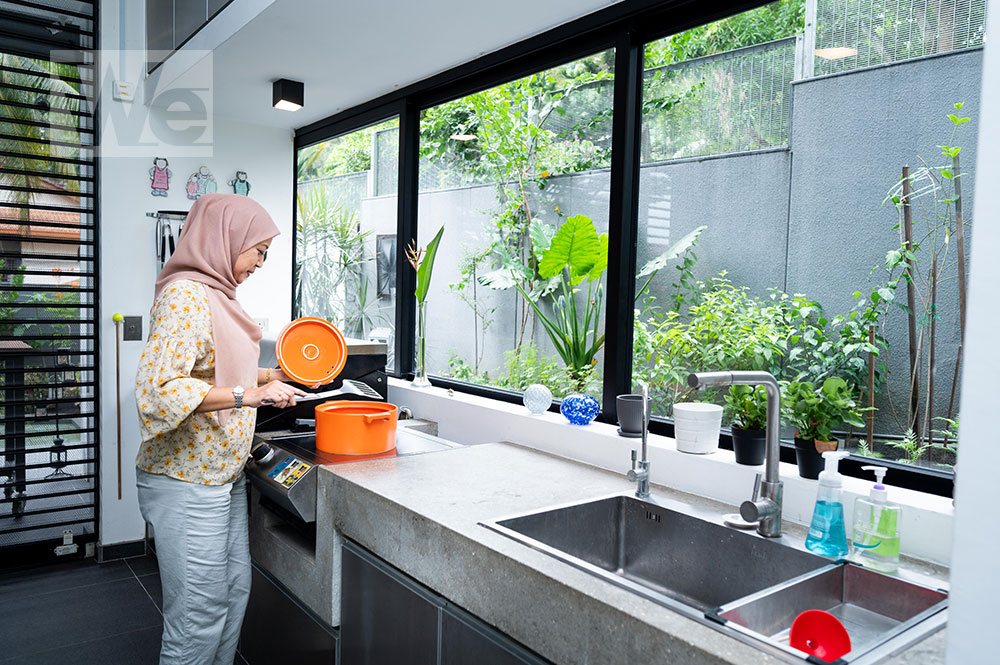


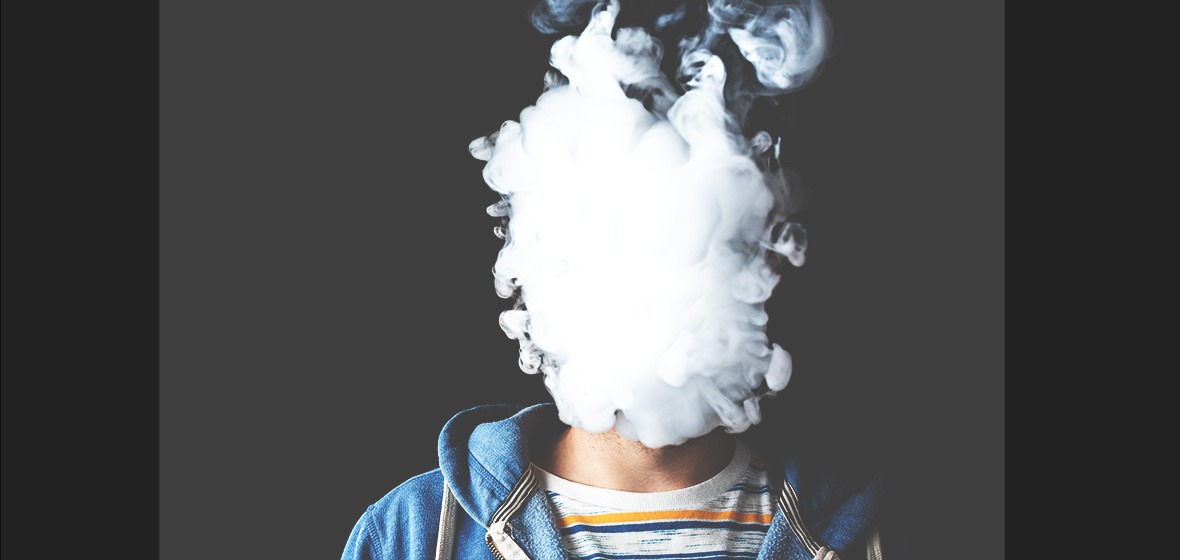
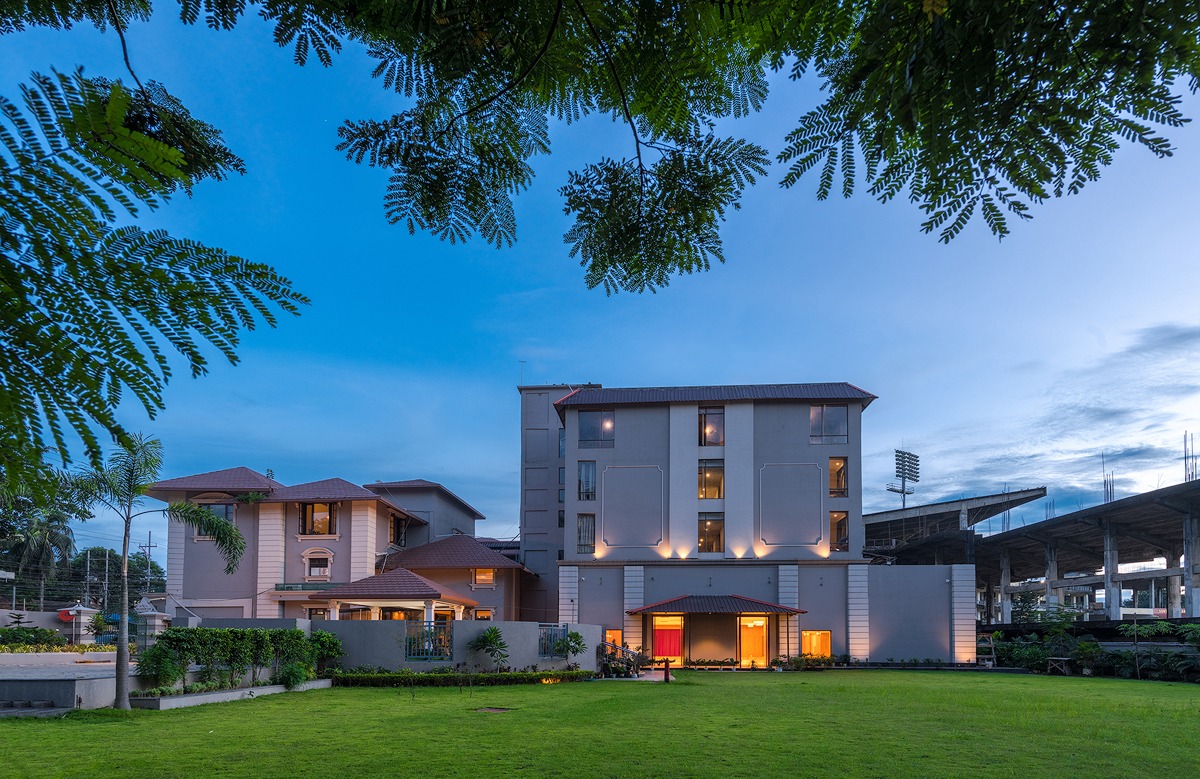




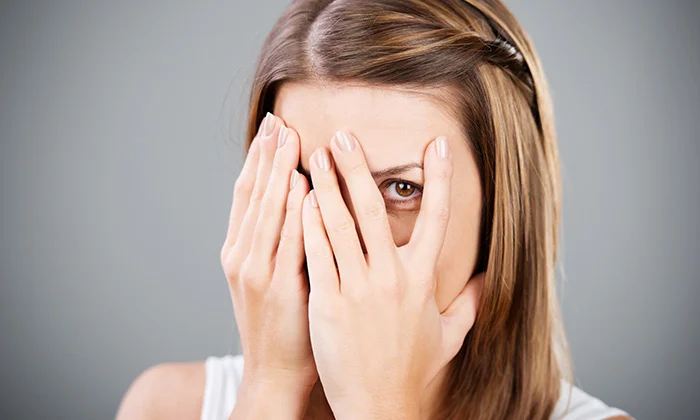





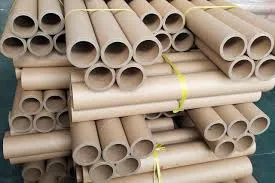
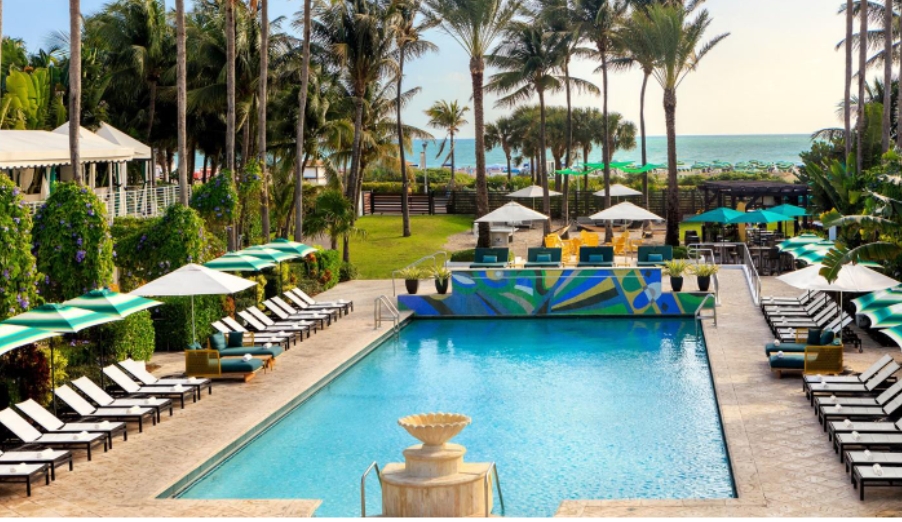


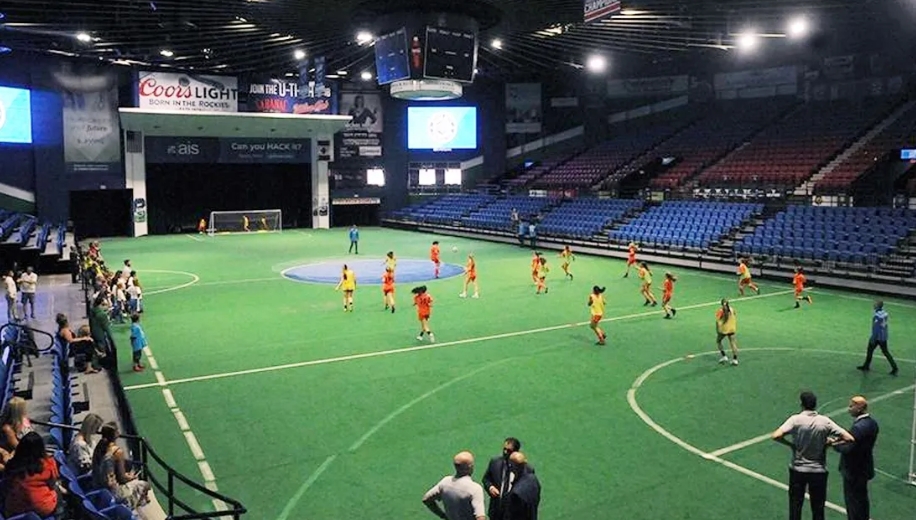
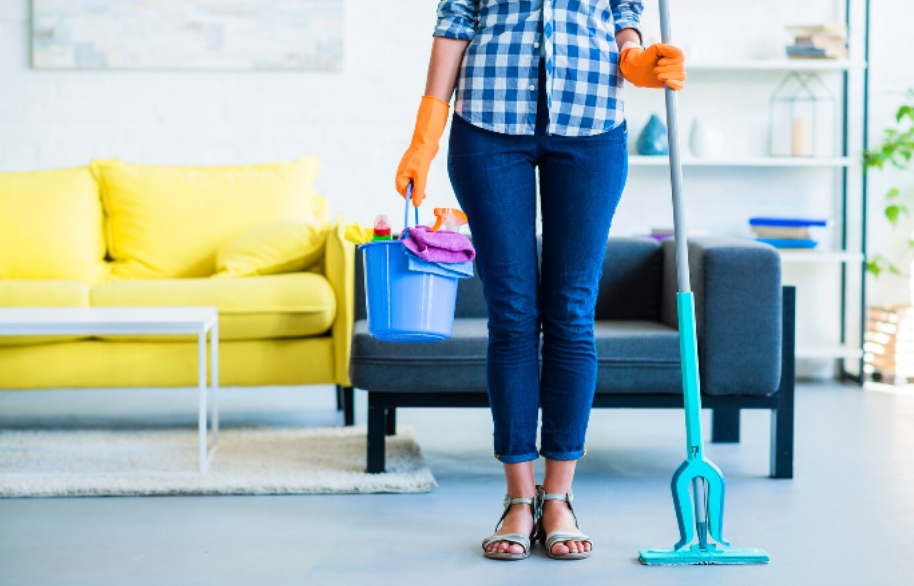





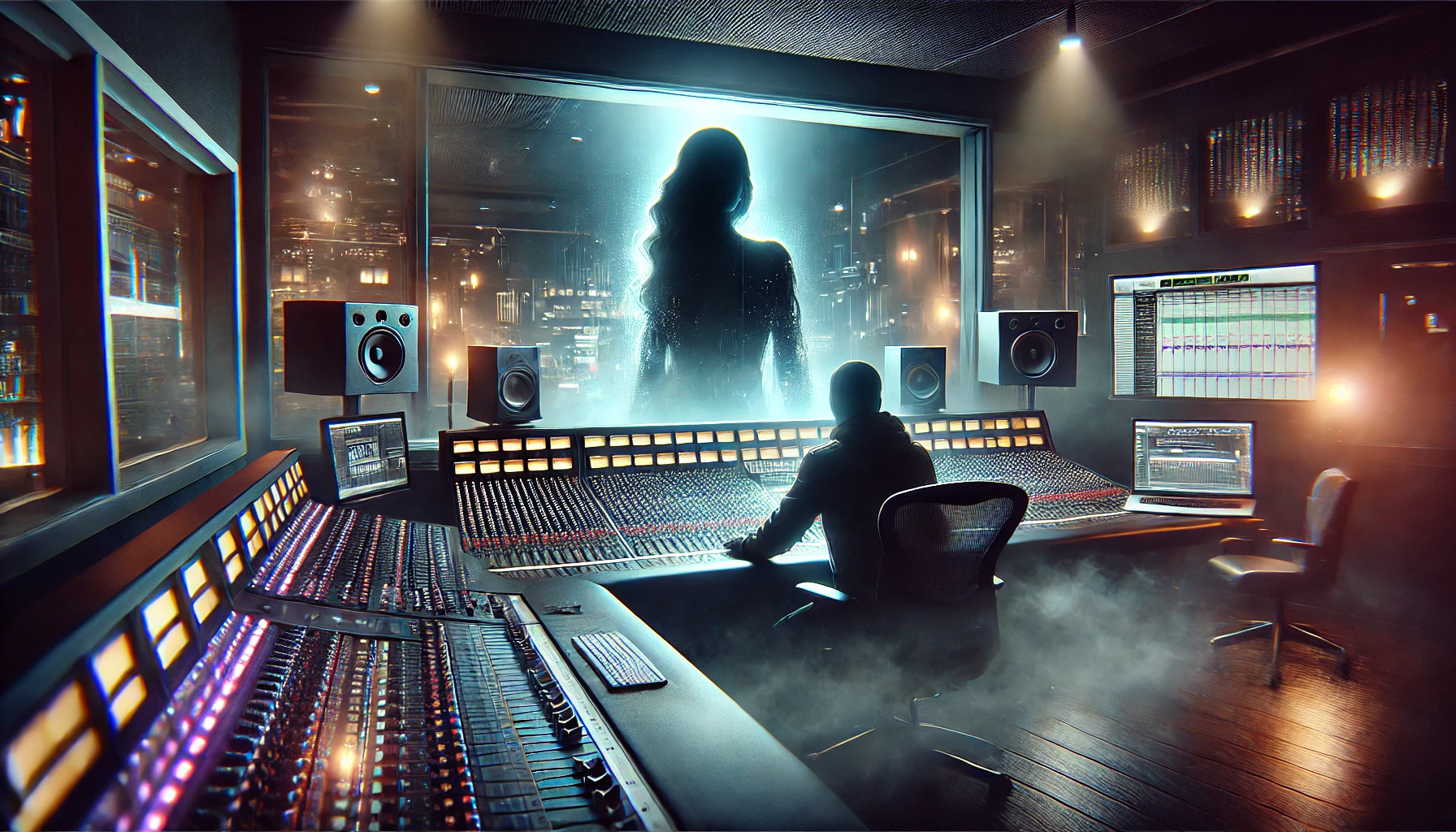



Leave a Reply